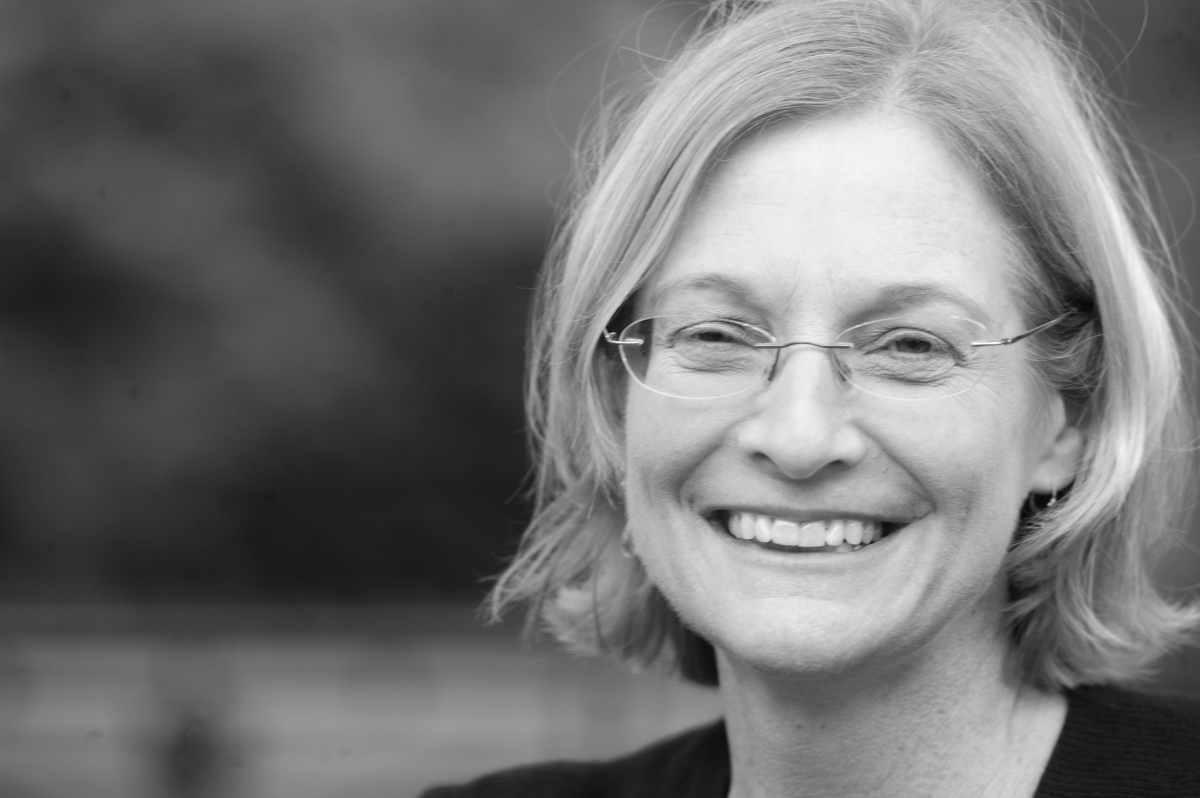Most of us are interested in the dreams we have at night, intuiting that although they 'speak' in a very different language to our conscious thought, they hold a potent wisdom. Our daydreams, on the other hand, tend to be viewed as of lesser importance - maybe even denigrated as a time-wasting activity, taking us away from 'real work' of thinking and being present in the world.
Over the course of his career, the psychoanalyst Wilfred Bion 1897-1979 developed a theory about the significance of dreaming that counters a view of it as inferior to thinking. Rather than dreams being a whimsical 'added extra' to the realm of conscious thought, Bion saw dreaming as the substratum of our ability to think, and to be awake to the world around us.
For Bion 1962 , both daydreams and night dreams were of equal importance to keeping us well, psychologically and physically. He viewed dreaming as a free-floating state of mind that is always running in the background, and that it is via this reverie that we are able to process the multitudes of bodily sensations and emotional paraphernalia that we gather as we go about our daily lives.
A central aspect of dreaming that helps us to process experience is the way it protects our consciousness from being invaded by elements that belong in the unconscious, as well as shielding our unconscious from being subjected to the organising functions and straight lines that are dominant in our conscious mind. Dreaming, in other words, continuously works to maintain the all-important contact barrier between our conscious and unconscious.
As Abel-Hirsch 2023 puts it, "Bion is suggesting that "dreaming" while awake allows us to be "asleep" to unconscious elements that would disrupt our conscious mind". In myth, our conscious mind is often represented as the earth, and the unconscious as the sea. Building on this symbolic representation, the liminal zone of dreaming could be viewed as akin to the seashore standing between a sea of unconsciousness and a land of consciousness. Like dreaming, the seashore is a dynamic zone, one that both protects and connects the land and the sea; its presence stops the land from being flooded by the sea, as well as ensuring that the sea is not intruded upon and overtaken by the dry land.
Bion's theory of dreaming as the bedrock of thought, and to our ability to be awake, is important. One implication of his theory is that we could give more attention to ways in which we foster this free-floating state of mind in our daily lives. We could, for instance, ask ourselves how often we unhook our minds from well-worn habitual grooves of thinking, to let them fly on the wind of imagination. We could also pay closer attention to the kinds of activities that feed our dreaming states.
I suspect that the way we each cultivate the reverie of dreaming is an individual matter. Some may more readily achieve this state of mind when on a run or a walk. Others might find that listening to music, creative writing, or gazing out the window at the landscape stimulates a day-dream. What seems similar in the kinds of activities that promote dreaming is that there is space within them for a kind of imaginative musing.
So perhaps, just as much as we need to consider activities that help us achieve this state of mind, we also need to evaluate the activities that might impede it. The way that smartphones so easily can be used to fill up any spaces in our day with entertainment could be viewed as impeding our ability to dream, and thus to be awake.
If we accept Bion's theory about the centrality of dreaming to our wellbeing, we perhaps need to consider our dreams to be a serious art, and that whenever and wherever possible, we actively seek ways to feed them, and to let them take flight.
Clare Simmonds is a verified Welldoing psychotherapist in Beaconsfield and London

